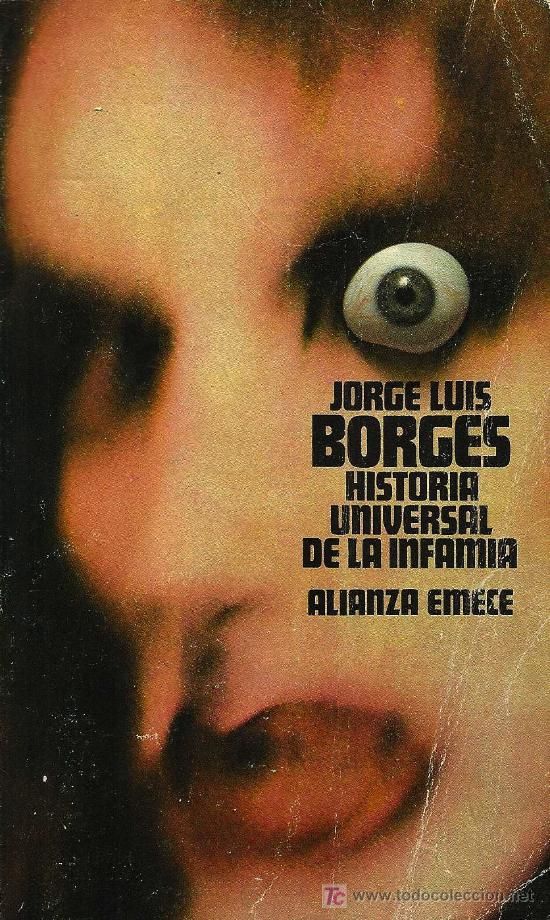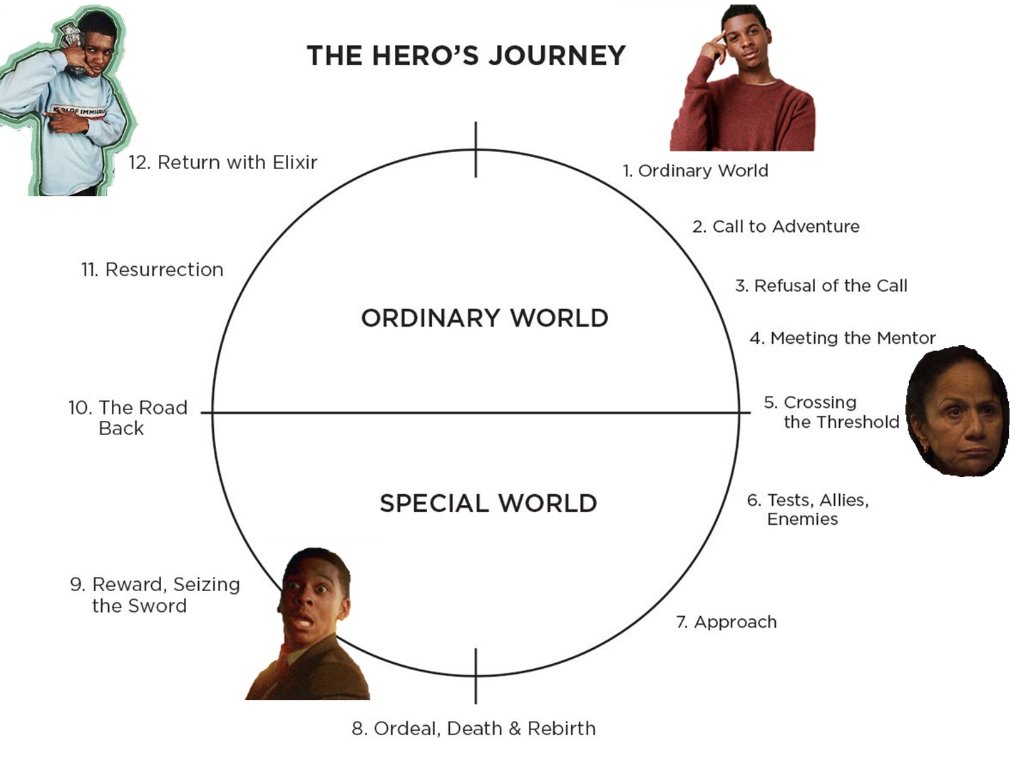I know some of y’all are skipping your online English Lit courses, so here& #39;s a cheat sheet to literary devices you can learn through @OnMyBlock – because there& #39;s a lot more to this show than meets the eye  https://abs.twimg.com/emoji/v2/... draggable="false" alt="👀" title="Eyes" aria-label="Emoji: Eyes">
https://abs.twimg.com/emoji/v2/... draggable="false" alt="👀" title="Eyes" aria-label="Emoji: Eyes">
Let& #39;s get into the building blocks of OMB: a thread https://abs.twimg.com/emoji/v2/... draggable="false" alt="👇" title="Down pointing backhand index" aria-label="Emoji: Down pointing backhand index">
https://abs.twimg.com/emoji/v2/... draggable="false" alt="👇" title="Down pointing backhand index" aria-label="Emoji: Down pointing backhand index">
Let& #39;s get into the building blocks of OMB: a thread
OMB falls under a genre of fiction called magical realism. This genre has deep roots in Latin America, where it took off as a literary movement in the 1940s, after Jorge Luis Borges published his collection of magical realist fiction: “Historia Universal de la Infamia.”
You might think it’s like fantasy, but the difference is that fantasy centers whole new worlds with totally different rules, while magical realism toys the line between the impossible (garden gnomes can’t move on their own) and the improbable (but ~maybe~ the gnomies can???)
The granddaddy of magical realism, Gabriel García Márquez, suggested that magical realism makes space for the alternative belief systems found in different cultures and countries.
So while Abuelita’s cursed hands might seem ridiculous to ~you~ they& #39;re nonetheless real to ~her~
So while Abuelita’s cursed hands might seem ridiculous to ~you~ they& #39;re nonetheless real to ~her~
Magical realism often employs symbolism, which is when an object is used to represent another deeper idea.
In OMB the gnomies aren’t just gangster garden gnomes, they’re embodiments of dead Santos; much like Catholic idols are stand-ins for patron saints https://abs.twimg.com/emoji/v2/... draggable="false" alt="👀" title="Eyes" aria-label="Emoji: Eyes">
https://abs.twimg.com/emoji/v2/... draggable="false" alt="👀" title="Eyes" aria-label="Emoji: Eyes">
In OMB the gnomies aren’t just gangster garden gnomes, they’re embodiments of dead Santos; much like Catholic idols are stand-ins for patron saints
However, symbols can shift their meaning depending on their context. For some, the Santos are a symbol of protection, just like patron saints. For others, the Santos can symbolize the threat of (gang) violence.
Underneath OMB’s magic and symbolism lies another literary device: the hero’s journey. Coined by Joseph Campbell, in his book “The Hero with a Thousand Faces,” the hero’s journey is like a template that tracks how adventure is essential to a character’s development.
While On My Block technically has four main characters, only one of them perfectly fits the narrative arc of the hero’s journey: Jamal.
The (simplified) Hero’s Journey has specific criteria, that only Jamal’s storyline fully meets. As illustrated by this scientific diagram!
The (simplified) Hero’s Journey has specific criteria, that only Jamal’s storyline fully meets. As illustrated by this scientific diagram!
In Jamal’s story we get a mentor (Abuelita), overcome tests (thanks to Chivo), have an ordeal (missing the Quince to dig for treasure), get a reward (the Rollerworld money), and return with the elixir (meaning he uses his reward to make things right in the world: aka save Cesar).
Altogether OMB’s elements add a deeper meaning to the story while delivering a unique social critique.
Symbolism is used to paint the gray area that these characters navigate: where something that is good to them can sometimes prove harmful.
Symbolism is used to paint the gray area that these characters navigate: where something that is good to them can sometimes prove harmful.
OMB’s magical realism cements it within a greater tradition of Latino storytelling that uses the genre to critique systemic issues. Here, it suggests that without a little supernatural help, kids of color can have a difficult time overcoming systemic barriers… like they do IRL.
The hero’s journey on OMB serves two purposes: to demonstrate how much bravery is required of hood kids of color in order to thrive, while also showing how this can lead to isolation without the proper support system. After all, Jamal is forced to treasure hunt alone.
However, the series proposes that trusting your friends is the solution to urban isolation.
Yes, all of this within a series about teen angst, hidden treasure, gnomes, gangsters, and gangster gnomes.
What lessons did y& #39;all learn from season 3???
Yes, all of this within a series about teen angst, hidden treasure, gnomes, gangsters, and gangster gnomes.
What lessons did y& #39;all learn from season 3???

 Read on Twitter
Read on Twitter



